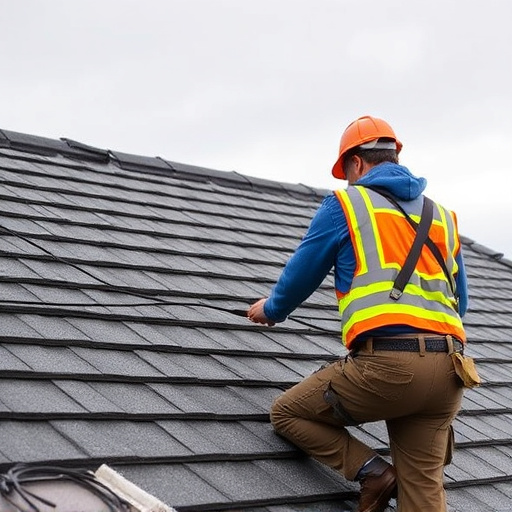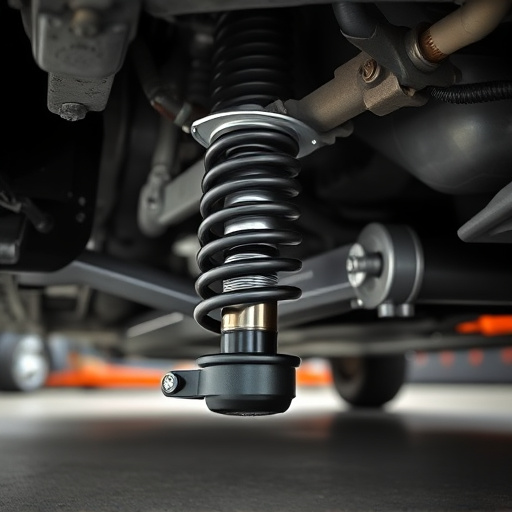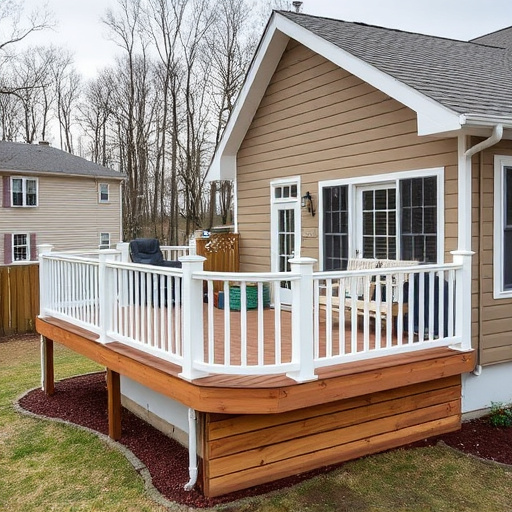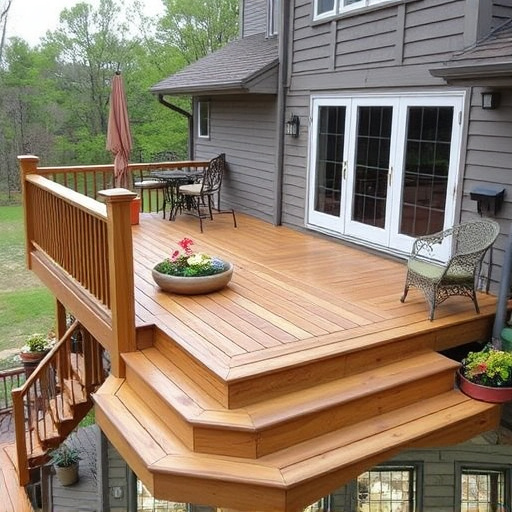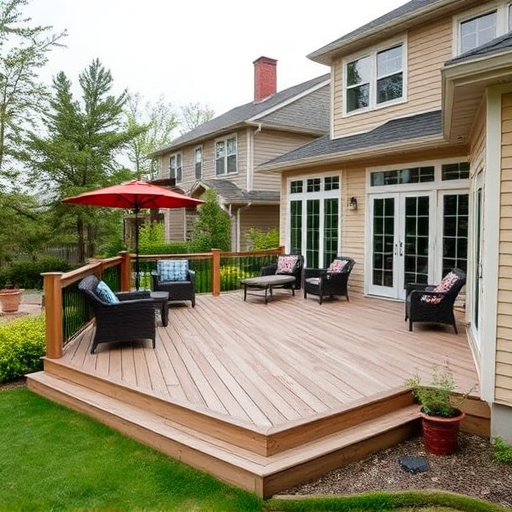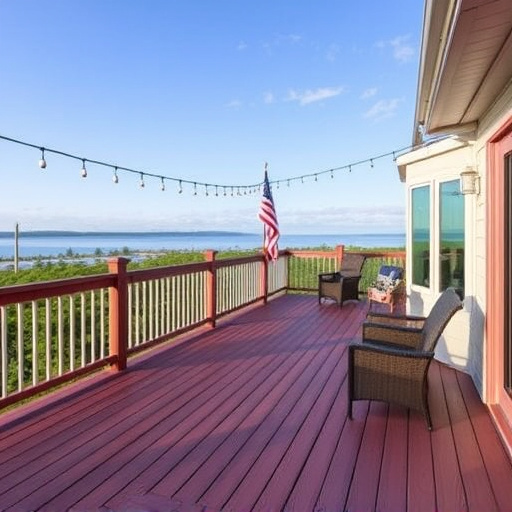Wooden deck stairs blend natural beauty and durability, enhancing outdoor spaces with customizable styles suitable for DIY projects. While requiring regular maintenance like sealing and painting to prevent rot, they offer excellent longevity and increase property appeal. Compared to composite or metal alternatives, wood's aesthetic value comes at the cost of higher upkeep costs. Prioritizing durability and proper upkeep, including cleaning and treatment, is essential for all materials to ensure safety and avert structural damage from weather events.
When designing or renovating your outdoor space, choosing the right deck stairs is essential. This comprehensive guide explores the pros and cons of three popular materials: wooden, composite, and steel deck stairs. From natural aesthetics to durability, cost-effectiveness, and more, we break down each option to help you make an informed decision for your dream deck. Discover which material aligns best with your preferences, budget, and lifestyle while enhancing your outdoor living space.
- Wooden Deck Stairs: Pros and Cons
- – Discuss the natural aesthetic appeal of wood
- – Mention durability concerns and need for maintenance
Wooden Deck Stairs: Pros and Cons
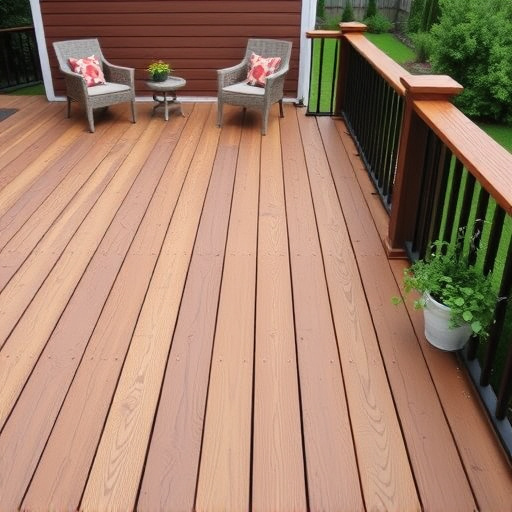
Wooden deck stairs have long been a popular choice for outdoor enthusiasts due to their natural aesthetic appeal and versatility. The primary advantages include excellent durability, especially when treated with proper coatings, and an ability to seamlessly blend with surrounding wooden decking. Additionally, wood offers a warm, inviting feel that enhances the overall ambiance of your outdoor living space. However, there are drawbacks to consider, such as increased maintenance requirements compared to other materials, including regular sealing, staining, or painting to protect against weather damage and rot. Moreover, wooden stairs can be more susceptible to warping, cracking, or splitting over time, particularly in regions with extreme temperature fluctuations and high humidity levels.
In terms of installation, wooden deck stairs provide a relatively straightforward process, making them an attractive option for DIY enthusiasts. They offer a wide range of styles, from simple straight runs to intricate curved designs, allowing for customization to suit any outdoor design preferences. However, it’s crucial to ensure proper structural support and compliance with local building codes during the construction phase. Maintaining wooden stairs also requires regular cleaning to remove dirt, debris, and mold growth, ensuring safety and longevity. When considering wood for deck stairs, think about potential long-term costs associated with upkeep versus initial installation expenses, especially when compared to alternative materials like composite or metal, which may offer lower maintenance requirements and longer lifespans.
– Discuss the natural aesthetic appeal of wood
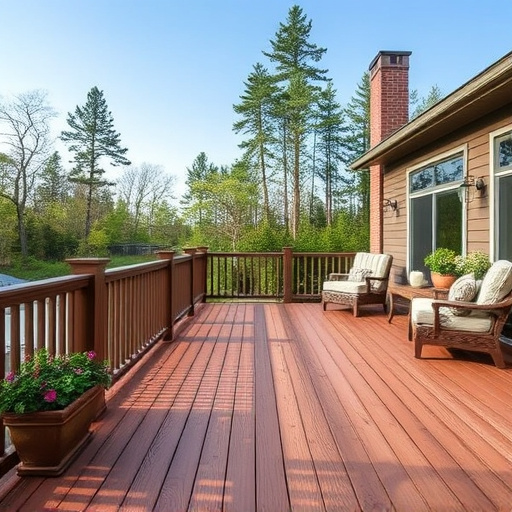
Wooden deck stairs exude a natural aesthetic appeal that enhances outdoor living spaces. The warm tones and textures of real wood blend seamlessly with surrounding landscapes, creating an inviting and welcoming ambiance. This timeless material offers a range of visual options, from robust rustic styles to sleek, modern finishes, catering to various design preferences. Its organic beauty adds depth and character to any exterior home improvements, transforming deck stairs into a focal point that draws the eye.
Furthermore, wood’s natural resistance to rot and decay, when properly maintained, makes it a reliable choice for home exterior services. While it may require more upkeep than some synthetic alternatives, particularly in areas prone to storm damage repair, its durability ensures longevity. The aesthetic value of wooden deck stairs can also increase property values, making them a worthwhile investment for any homeowner considering exterior renovations or storm damage restoration.
– Mention durability concerns and need for maintenance
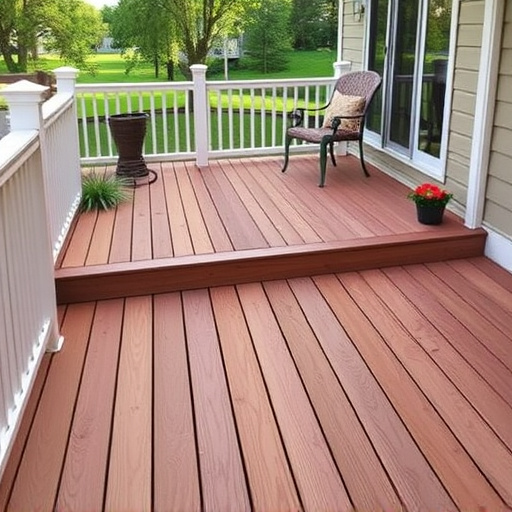
When considering materials for deck stairs, durability should be at the forefront of your mind. Different options offer varying levels of resistance to wear and tear, with some requiring more maintenance than others. Wood, for instance, is a popular choice for its natural aesthetics but needs regular treatment to prevent rot and insect damage. Metal, on the other hand, is highly durable and resistant to rust when properly treated, making it a low-maintenance option. However, metal stairs can be less visually appealing and may conduct heat, posing discomfort during hot weather.
Regular upkeep is essential for maintaining the integrity of deck stairs. This includes cleaning, sealing, or painting, depending on the material. Ignoring these tasks can lead to structural issues over time, particularly with organic materials susceptible to environmental factors. In cases of storm damage or severe weather, roofing services and siding replacement might be needed, emphasizing the importance of choosing materials that can withstand such events to avoid costly repairs in the long run.
When comparing deck stairs materials, wooden options offer a visually appealing, natural choice that enhances outdoor living spaces. However, their durability requires ongoing maintenance to protect against weather damage and rot. Alternatives like composite and metal provide longer-lasting performance with reduced upkeep demands, making them suitable for those seeking low-maintenance solutions for their deck stairs. Ultimately, the best material depends on individual preferences, budget, and desired long-term investment in their outdoor spaces.
